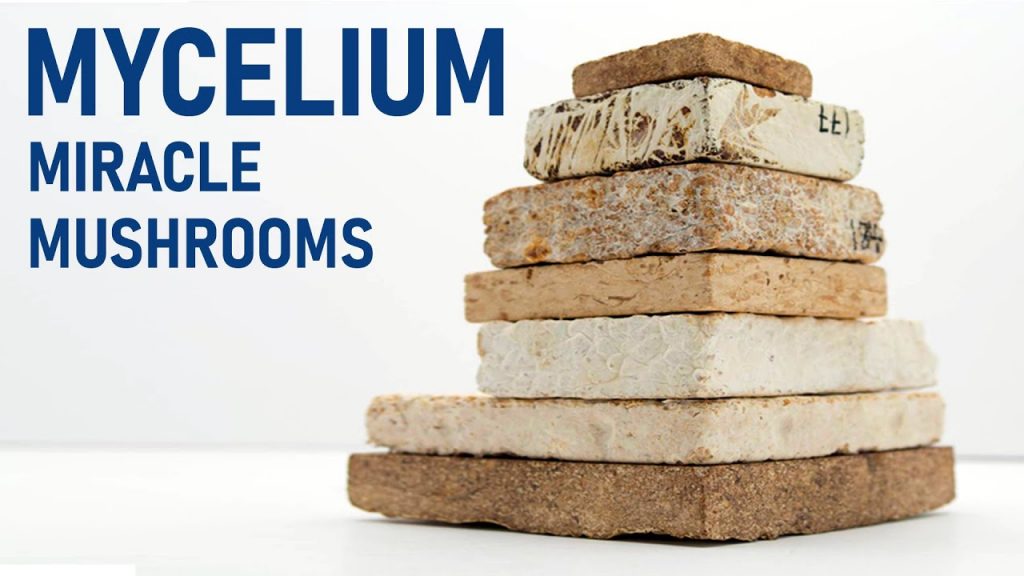In an exciting step forward for sustainable construction and biofabrication, a team of scientists from Newcastle University has developed a new material called mycocrete. This innovative material utilizes the intricate root network of fungi and knitted molds to create environmentally friendly building materials.
The development of mycocrete is a significant breakthrough that could greatly reduce the environmental impact of the construction industry. It not only offers a sustainable alternative to traditional materials like concrete but also introduces a new aesthetic to architectural spaces.
Previous attempts to harness the natural structure-forming ability of fungi faced challenges due to limitations in the shape and growth constraints of organic materials. However, the research team at Newcastle University has overcome these limitations by using knitted molds as a flexible framework for mycocrete. This approach has resulted in a stronger and more adaptable composite material.
By mixing mycelium spores, which are part of the fungi’s root network, with grains as a food source and growth substrate, the researchers were able to create mycocrete. The mycelium tightly binds the substrate together, and after reaching a specific density, the composite is dried out. This sustainable process could potentially replace foam, timber, and plastic in construction.
To address the oxygen requirement for mycelium growth, the team used knitted textiles as oxygen-permeable molds. These molds can transition from flexible to stiff as the mycelium grows, providing a unique solution.
The researchers conducted various strength tests on mycocrete and found that it outperformed traditional mycelium composites. The porous knitted fabric also offered better oxygen availability and reduced shrinkage, resulting in more reliable manufacturing results.
In addition to testing samples, the team constructed a larger dome prototype known as BioKnit, which was made in a single piece without joints using the knitted formwork. This process eliminated potential weak points and demonstrated the mechanical performance of mycocrete.
While the research paper specifies particular yarns, substrates, and mycelium for this application, there is room for adaptation to different scenarios. The future of biofabricated architecture shows promise for greener construction practices, combining biology, architecture, and engineering to create sustainable and symbiotic built environments.
Biofabrication utilizes biological substances as raw materials, often incorporating waste products or renewable resources. It offers possibilities such as mycelium-based materials, bio-concrete, living cladding systems using algae, and engineered wood or bamboo as renewable alternatives to traditional construction materials.
Challenges in biofabricated architecture include controlling living organisms, addressing longevity and durability issues, and ethical considerations surrounding genetically modified organisms. Nonetheless, ongoing research and experimentation are paving the way for a more sustainable future in construction, where buildings harmonize with nature and positively impact the environment.

